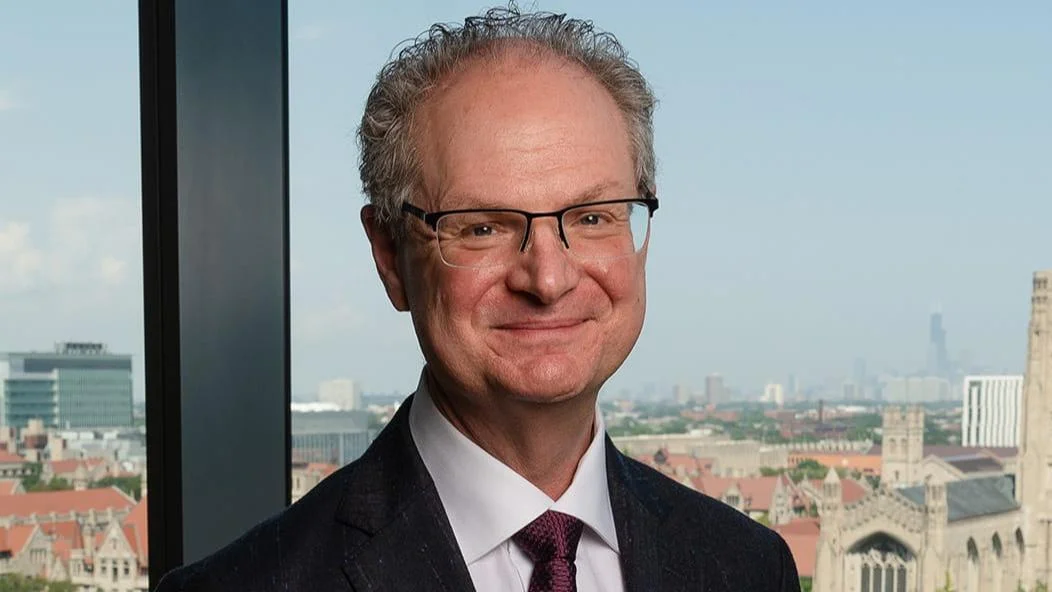In the early 20th century, Duke Kahanamoku gained international recognition as an Olympic swimmer and lifeguard, eventually earning the title of the father of modern surf culture. His rise to fame came during a period of significant change for indigenous Hawaiians, following Hawaii’s annexation by the United States.
Kahanamoku’s prominence drew attention from various quarters, including leading anthropologists and eugenicists. In his new book, "Capturing Kahanamoku," Associate Professor Michael Rossi explores how scientists of that era tried to reconcile Kahanamoku's athletic prowess with their own biased perceptions about race.
Rossi describes how researchers focused on what they saw as the "perfect" physical form in Duke and his brother David Kahanamoku, yet failed to recognize their broader cultural contributions. “There's a question of what can we see with science—and what viewpoints are obscured,” said Rossi, who teaches the history of medicine at the University of Chicago. “Part of the major fulcrum of the book is that these guys are popularizing surfing, but they're also talented musicians and they're hustlers,” he added. “Even as they’re carving out a space in a really new world, trying to cope with the bustling economy of Hawaii in the 1920s, the scientists who are supposedly studying them in their entirety can only see them as ‘primitive’ people.’”
Rossi’s interest in this subject began while he was researching another project involving museum exhibits at New York City’s Museum of Natural History. He discovered correspondence about sending a plaster cast of David Kahanamoku’s body to Yale University—a rare reference to an individual in anthropological records from that time.
Further investigation revealed that Henry Fairfield Osborn, then president of the American Museum of Natural History and later co-founder of the American Eugenics Society, had interacted with Duke Kahanamoku during a visit to Hawaii. After returning to San Francisco, Osborn gave a speech predicting the extinction of indigenous Hawaiians due to their vulnerability to diseases like influenza but expressed fascination with Duke’s physical abilities.
Osborn subsequently asked Louis R. Sullivan, a young physical anthropologist, to study Hawaiians more closely. Rossi accessed detailed reports from Sullivan and additional material from Hawaiian archives documenting Duke Kahanamoku’s life.
Through these letters and archival materials, Rossi developed a more personal understanding of his subjects beyond institutional accounts. He suggests that this story serves as an example “about how an overly narrow mode of inquiry—asking questions that give just one answer—can attenuate our sense of the greater moral world around us.”
“Science is a terrific tool and a powerful way of knowing about the world, but it works best when paired with philosophy, with art, with broader inquiry,” Rossi said.
The research trajectory changed after Harry Lionel Shapiro succeeded Sullivan at the American Museum following Sullivan’s death in 1925. Shapiro eventually moved away from eugenics toward embracing multicultural perspectives.
“At the time, culture was seen as a ladder and most authorities assumed that you can't have multiple different kinds of cultures,” Rossi explained. “The research program that started with Kahanamoku ends up producing the notion of culture that can accommodate different ways of being people.”
This article first appeared on the UChicago Department of History website.

